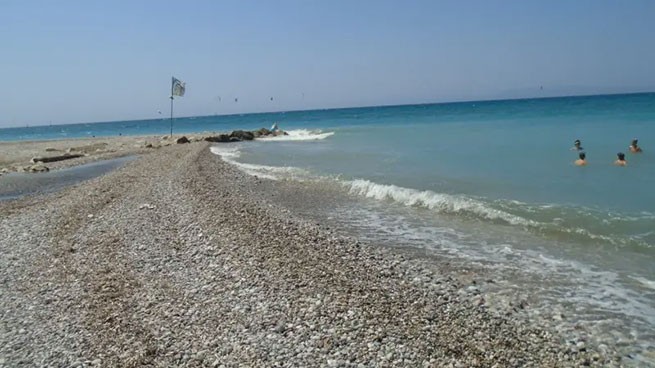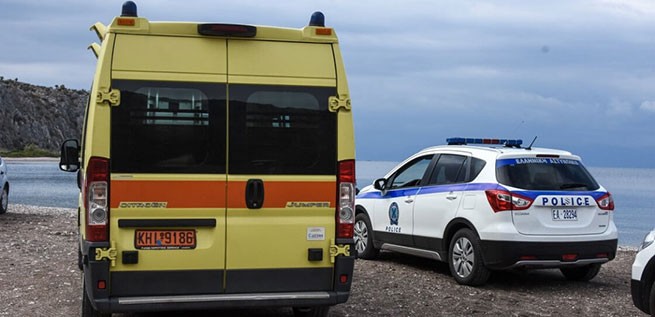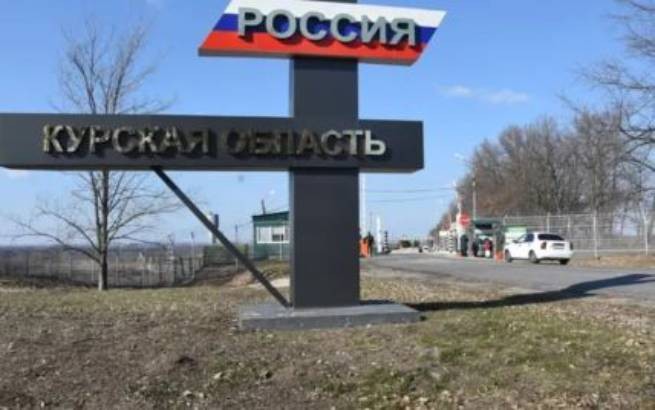NATO Secretary General Jens Stoltenberg said that Kyiv should decide for itself how to conduct its military campaign and called the operation in Kursk region legal. On the nuances of developing the operation in Kursk region.
The Alliance was not informed in advance about Ukraine's plans and played no role in them.the NATO Secretary General emphasized. Ukraine's military operation in the Kursk region of the Russian Federation is legal and falls under Kyiv's right to self-defense, he stated, as quotes Reuters news agency, Jens Stoltenberg:
“Ukraine has the right to self-defense. And, according to international law, this right does not end at the border.”
In an interview with the German weekly Welt am Sonntag, the NATO Secretary General noted that Ukraine is taking a risk by advancing on Russian territory, but Kyiv must decide for itself how to conduct its military campaign:
“President Zelenskyy has made it clear that the operation is aimed at creating a buffer zone to prevent further Russian attacks across the border. Like all military operations, this involves risks. But it is Ukraine's decision how to defend itself.”
Earlier, the UK Permanent Representative to the UN stated that The organization's charter does not prohibit a country defending itself from armed aggression from “projecting force” onto enemy territory if this complies with international law.
The Economist reported how the Commander-in-Chief of the Ukrainian Armed Forces Syrsky prepared the operation in the Kursk region. The publication notes that the Ukrainian Armed Forces' offensive there was “a daring adventure born of desperation and in an atmosphere of great secrecy.” Journalists came to this conclusion after talking to sources close to the Commander-in-Chief of the Ukrainian Armed Forces, as well as Ukrainian military personnel directly participating in the operation on Russian territory.
On the one hand, the publication notes, The unexpected invasion raised the morale of the Ukrainian army and demonstrated new combat tactics of the Ukrainian Armed Forces. However, after almost two weeks of offensive action, the pace slowed and Russia began to respond, not only in the Kursk region, but also on other front lines.
A source in the Ukrainian General Staff described the Ukrainian Armed Forces' tactics in the Kursk region as a “maneuverable attack” – similar to the one used by Russian commander Valery Gerasimov at the beginning of the full-scale invasion of Ukraine.
Four Ukrainian brigades crossed the Russian border on August 6, advancing in different directions through the countryside under cover of tank and artillery fire and FPV drones from the air. The troops encountered little resistance on the ground, but were subjected to bombing by Russian aircraft. Small units first probed vulnerable areas before Ukraine’s heavy armor was brought into play. In the first days of the offensive, the tactic was “crushingly effective,” according to the publication.
The Economist writes that Syrsky developed the plan to invade Russia under great pressure. The Ukrainian Armed Forces were struggling to hold the lines of defense in the Donbass, especially in the area of the city of Pokrovsk, a key logistics center. In July, there were even rumors that the commander-in-chief, who was appointed to his post only in February 2024, was already on the verge of dismissal. A source close to the general told reporters:
“Syrsky is not good at political games. What he is good at is war.”
According to him, The commander considered several scenarios for attacking the weakest points in the Russian defense: a strike on the Bryansk region from the north, a strike on the Kursk region, a combination of these two options, and others. The main goal pursued by the Ukrainian Armed Forces was to distract Russian troops from Donbass and create trump cards for future negotiations.
Syrsky kept his plans secret, sharing them only with a small circle of generals and security officials, and discussed the strategy with the Ukrainian president one-on-one, The Economist writes. Even the Ukrainian Defense Ministry's Main Intelligence Directorate (GUR) was only brought into the planning at a late stage.
According to the source, Ukraine's allies were also deliberately kept in the dark, since the West had already thwarted two previous Syrsky operations – Russia learned of one, and ordered the other to be cancelled (What kind of operations these were, the article does not specify). When the West was confronted with the fact, it no longer objected.
The Commander-in-Chief of the Ukrainian Armed Forces managed to confuse the enemy by disguising the arrival of troops to the Russian border under the pretext of protection from the supposed invasion of the Russian Armed Forces into the Sumy region (this version was discussed in the Ukrainian media). The rotation was carried out approximately one and a half weeks before the start of the Kursk operation.
At the same time, the Ukrainian military themselves had no idea that they would be participating in an offensive operation. As the Ukrainian Armed Forces soldiers told the publication, they began to suspect something in early August, when they were given equipment: new helmets with built-in headphones, new assault rifles. The military also conducted exercises on mock-ups, which, as it later turned out, were imitation Russian villages.
Although the first phase of the offensive was carefully planned, now that the element of surprise has been lost, the Ukrainian advance has slowed. A source in the General Staff of the Armed Forces of Ukraine says that Volodymyr Zelensky is still striving for “maximum progress” in the Kursk region. On August 18, the President of Ukraine stated that the main objective of the Ukrainian Armed Forces operation is “the creation of a buffer zone on the territory of the aggressor.”
But the Ukrainian commander is more cautious, concentrating on expanding the flanks along the border to create stronger defensive lines. “Syrsky is no fool. He knows that haste jeopardizes the entire operation,” says his confidant.
The long-term prospects of the operation will largely depend on Russia's reaction, notes publication. It appears that the Russian Defense Ministry is taking a dual approach: building up its troops (video) in the Kursk region, but maintains pressure on the front lines in Donbas. According to Ukrainian military, they notice a new level of resistance in the Kursk region – Ukrainian Armed Forces losses are growing, and Russian troops are being reinforced with more trained units, including marines and special forces.
A source in the Ukrainian government, in turn, claims that military activity in Donbass has significantly decreased since August 16, but there is one important exception – the city of Pokrovsk, in the area of which Russian troops are still confidently advancing, taking advantage of the weakening of Ukrainian defenses.







More Stories
Explosions at the ammunition depot in Toropets – what was stored there
White House acknowledges Zelensky's peace plan "realistic" and ponders his contribution to it (video)
WSJ: 1 million people killed or wounded in the war in Ukraine